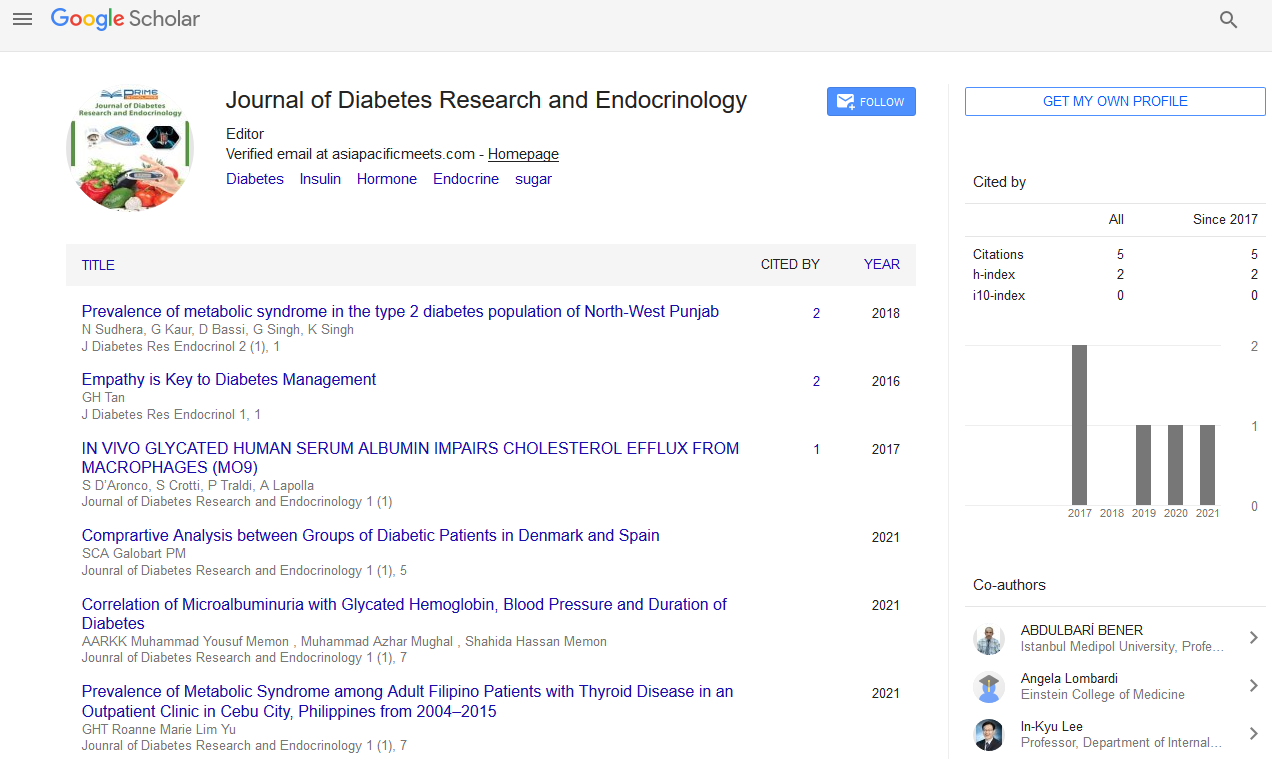Perspective - (2023) Volume 7, Issue 2
The Electrical Activity of the Mind is Measured with a Clinical Test an Electroencephalogram
Mevlude Inanc*
Department of Nuclear Medicine, The First Hospital of Jilin University, China
*Correspondence:
Mevlude Inanc,
Department of Nuclear Medicine, The First Hospital of Jilin University,
China,
Email:
Received: 31-May-2023, Manuscript No. IPJDRE-23-16901;
Editor assigned: 02-Jun-2023, Pre QC No. IPJDRE-23-16901;
Reviewed: 16-Jun-2023, QC No. IPJDRE-23-16901;
Revised: 21-Jun-2023, Manuscript No. IPJDRE-23-16901;
Published:
28-Jun-2023, DOI: 10.36648/ipjdre.7.2.16
Introduction
Clinical imaging includes neuroimaging, which focuses on the
mind. Neuroimaging studies, in addition to diagnosing illness
and assessing mental health: How the brain functions. X-beam
is a conclusive instrument for illustrative imaging and neuroscience
research. Providing morphological images with the highest
spatial goal, unmatched tissue contrast, and exceptional
useful information about the CNS. In medical, brain science,
and neuroscience research, neuroimaging techniques are used
to see how the sensory system is made and how it works. Undeniable
level innocuous neuroimaging techniques, for instance,
EEG and fMRI grant researchers to clearly see mind practices
while subjects perform different perceptual, motor, as well as
mental endeavours.
Description
An X-ray may be able to help identify primary injuries that might
be pressing against the nerve, allowing the problem to be fixed
before it causes long-term nerve damage. Nerve damage can
commonly be examined considering a neurological evaluation
and can be connected by X-beam really take a look at disclosures.
X-rays are typically used to diagnose conditions involving
your bones, organs, or joints because they are thought to provide
more precise symbolism. In order to identify any breaks in
the bone, growths, or internal bleeding, CT filters are frequently
used. Getting an X-ray can be done for a number of reasons,
including: Torn ligaments. Radio waves and attractive fields are
used to take X-ray images. A close-up view of the intricate cerebrum
stem is provided by an X-ray head scan. EEGs provide a
wealth of novel information about the mind that X-rays cannot.
They are a critical contraption for diagnosing and directing circumstances
like stroke, epilepsy, and dementia. Neuroimaging
techniques are an important tool for experts in nervous system
science and emotional well-being because they have become
increasingly complex. They reveal the life systems of the mind,
such as the uprightness of the structures in the cerebrum and
their connections. They describe its electrical and metabolic
actions, physiology, and science. The mainstays of routine clinical
neuroimaging are CT and X-ray. CT is increasingly used in
the underlying assessment of most neurological crises due to
its greater accessibility and quicker procurement time. A clinical
test called an electroencephalogram (EEG) is used to measure
the electrical activity of the mind. Different anodes are
applied to your scalp. Epilepsy, sleep problems, and cerebrum
growths can all be diagnosed with the help of an EEG. A nerve
conduction speed (NCV) test, also known as a nerve conduction
review (NCS), measures the speed at which an electrical
impulse travels through your nerve. NCV can recognize nerve
hurt. Your nerve is stimulated during the test, typically with anode
patches attached to your skin. Disadvantages of X-beam
looks at consolidate their significantly more prominent cost,
and patient bother with the strategy. The patient is subjected
to such powerful electromagnets by the X-ray scanner that the
output room ought to be protected. In the event that adequate
ear protection is not worn, the changing attractive fields can
cause audible thumps that could damage hearing.
Conclusion
Additionally, they may cause peripheral muscle or nerve excitement
that may manifest as a jerking sensation. The X-ray
sweep’s use of radiofrequency energy might cause the body to
warm up. It is possible to: Actually pay attention to your overall
health, including how well your kidneys and liver are functioning.
Truly check out at amounts of platelets. Assist in the
diagnosis of specific tumors of the brain, such as cancers of the
pituitary organ, pineal district, and microorganism cells.
Citation: Inanc M (2023) The Electrical Activity of the Mind is Measured with a Clinical Test an Electroencephalogram. J Diab Res Endocrinol. 7:16.
Copyright: ©2023 Inanc M. This is an open-access article distributed under the terms of the Creative Commons Attribution License, which permits unrestricted use, distribution, and reproduction in any medium, provided the original author and source are credited.

